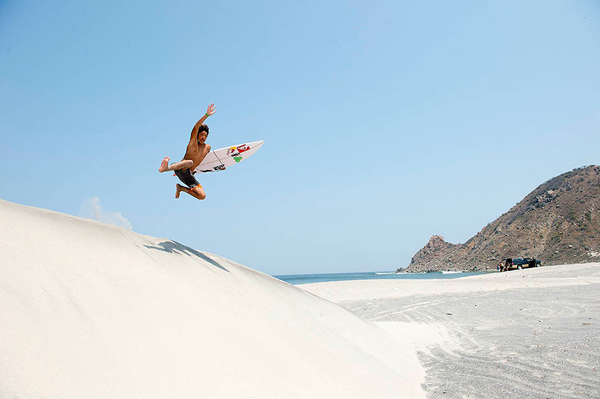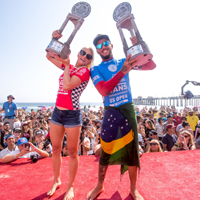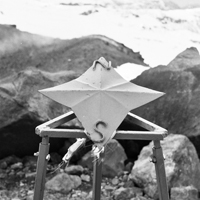
There’s no doubt that Quiksilver, and its other brands Roxy and DC, are in deep water. Yesterday, May 3, 2014, when the surf-brand announced its Q2 results, shares plunged 41% to $3.41.
According to an article in the Los Angeles Times, “There is an expectation that business will continue to be challenged in the near term,” said Mitch Kummetz, a senior analyst at Robert W. Baird & Co. “There is disappointment that changes expected of the new management hasn’t really come to pass.”
However according to Andy Mooney, President and Chief Executive Officer, the spin was different. In a statement he said, “We made progress on our Profit Improvement Plan. During the second quarter, we again reduced our expense structure, increased sales in our direct to consumer channels and emerging markets, and drove improvements in gross margins. These improvements were offset by decreased net revenues in our wholesale channel, especially in the developed markets in North America and Europe. Consequently, pro-forma adjusted EBITDA decreased versus the prior year.”
In a nutshell, here’s how bad it is:
Brands (constant currency):
• Quiksilver decreased $13 million, or 7%, to $167 million.
• Roxy decreased $7 million, or 6%, to $121 million.
• DC decreased $24 million, or 19%, to $103 million.
Distribution channels (constant currency):
• Wholesale revenues decreased 15% to $286 million.
• Retail revenues were flat at $90 million. Same-store sales in company-owned retail stores increased 1%. Company-owned retail stores totaled 658 at the end of the fiscal 2014 second quarter compared with 630 at the end of the fiscal 2013 second quarter.
The only thing that grew was ecommerce, revenues which were up 23% to $30 million and net revenue within emerging markets up 28%.
Quiksilver, while often thinking that its main competition were other surf brands such as Billabong, has come to realize that it’s other retailers such as H&M, Uniqlo, and Forever 21 that are its real competitors. In addition, while surf, skate, and snowboarding are still high on the radar within youth culture in terms of popularity, Quiksilver got too “old” according to our data in our Youth Culture Studies.
At Label Networks, we actually saw this coming years ago, around 2006, and brought the fact that many surf-inspired brands were not on target with a new youth culture marketplace at a presentation at SIMA (Surf Manufacturers Association). Other problems stem from Roxy going too young, and unfortunately, DC, which was right on target, is suffering a similar fate to its parent company.
For more information about fashion trends and our Youth Culture Studies, email info@labelnetworks.com; (323) 630-4000.


